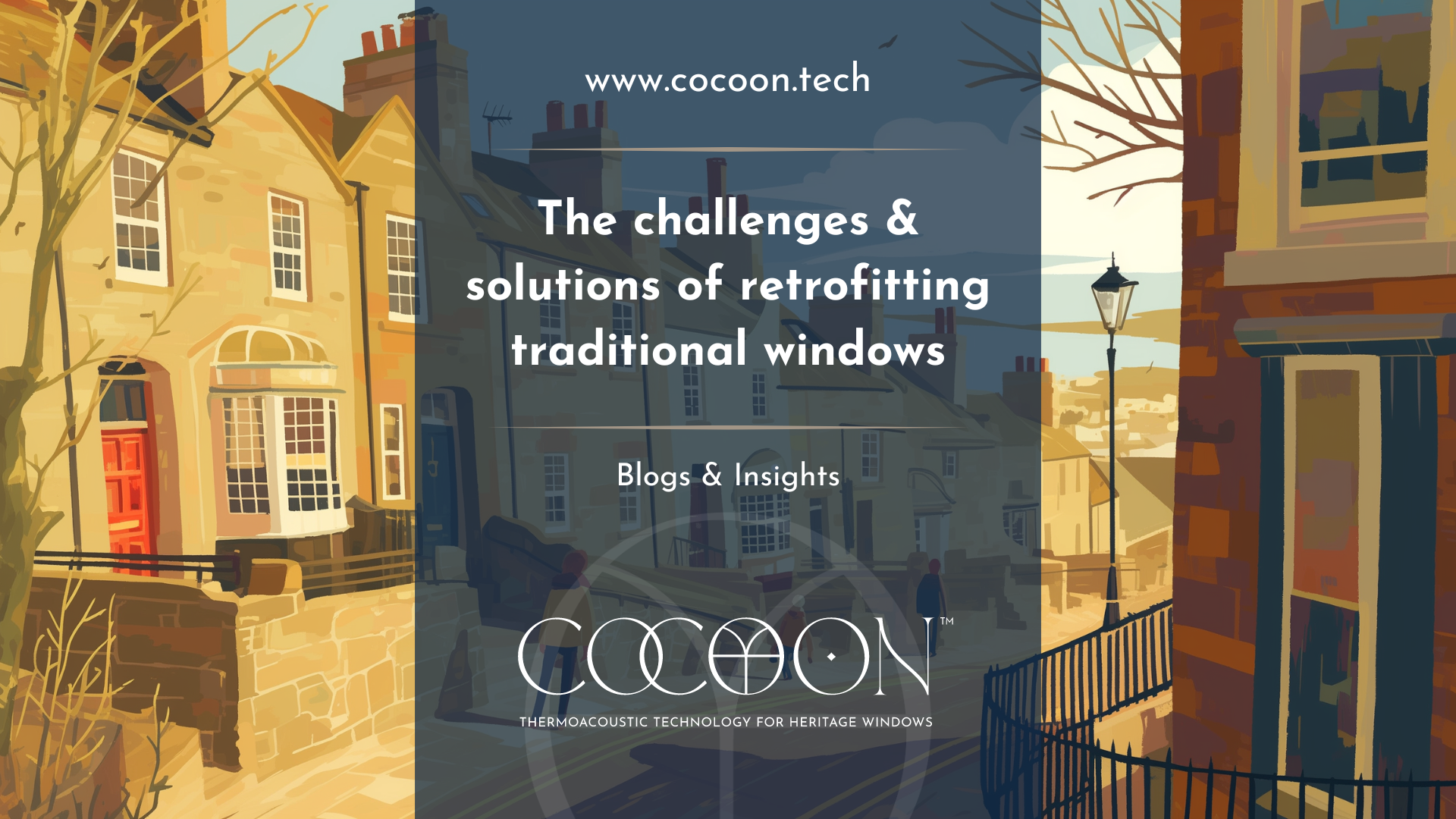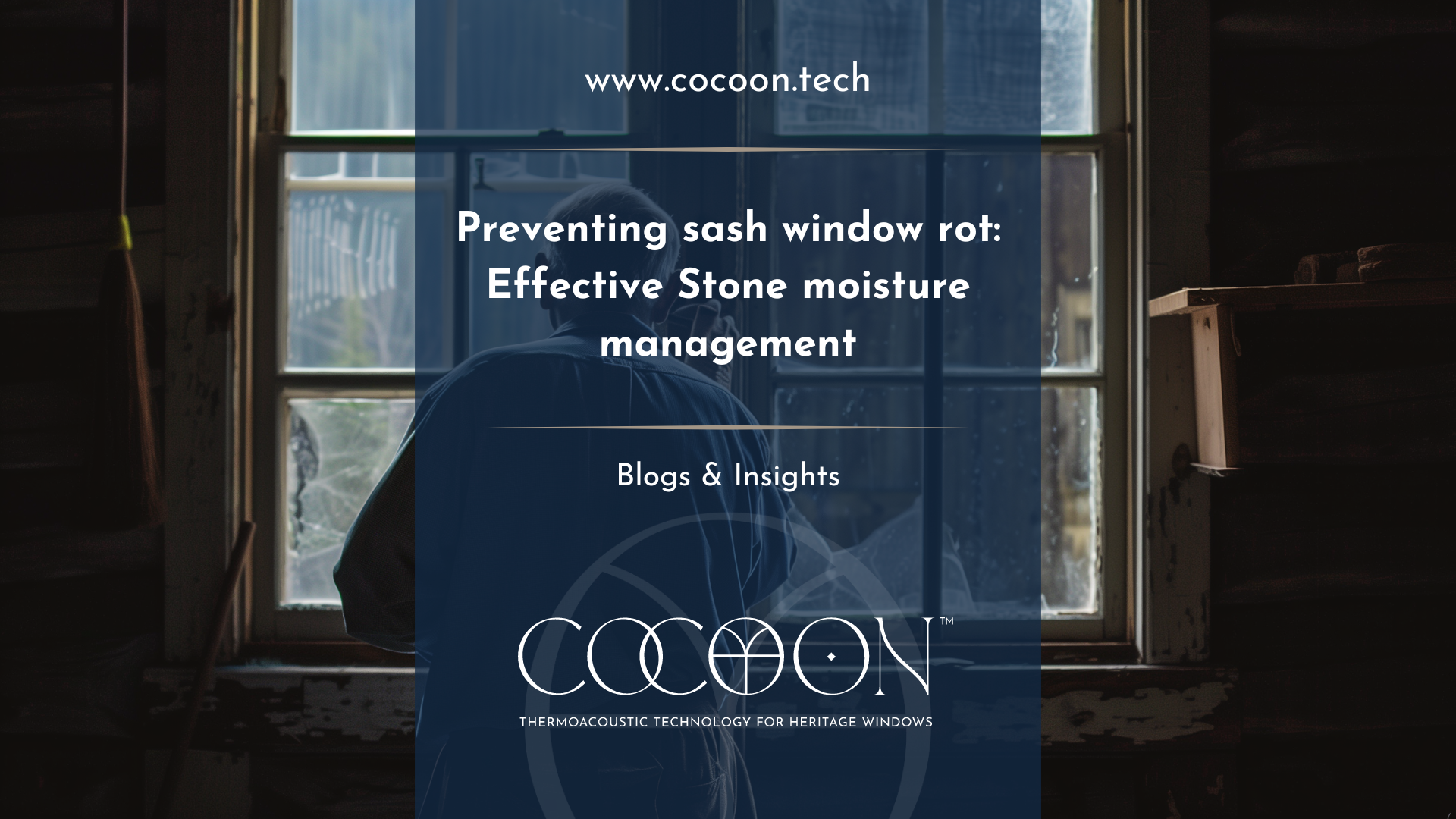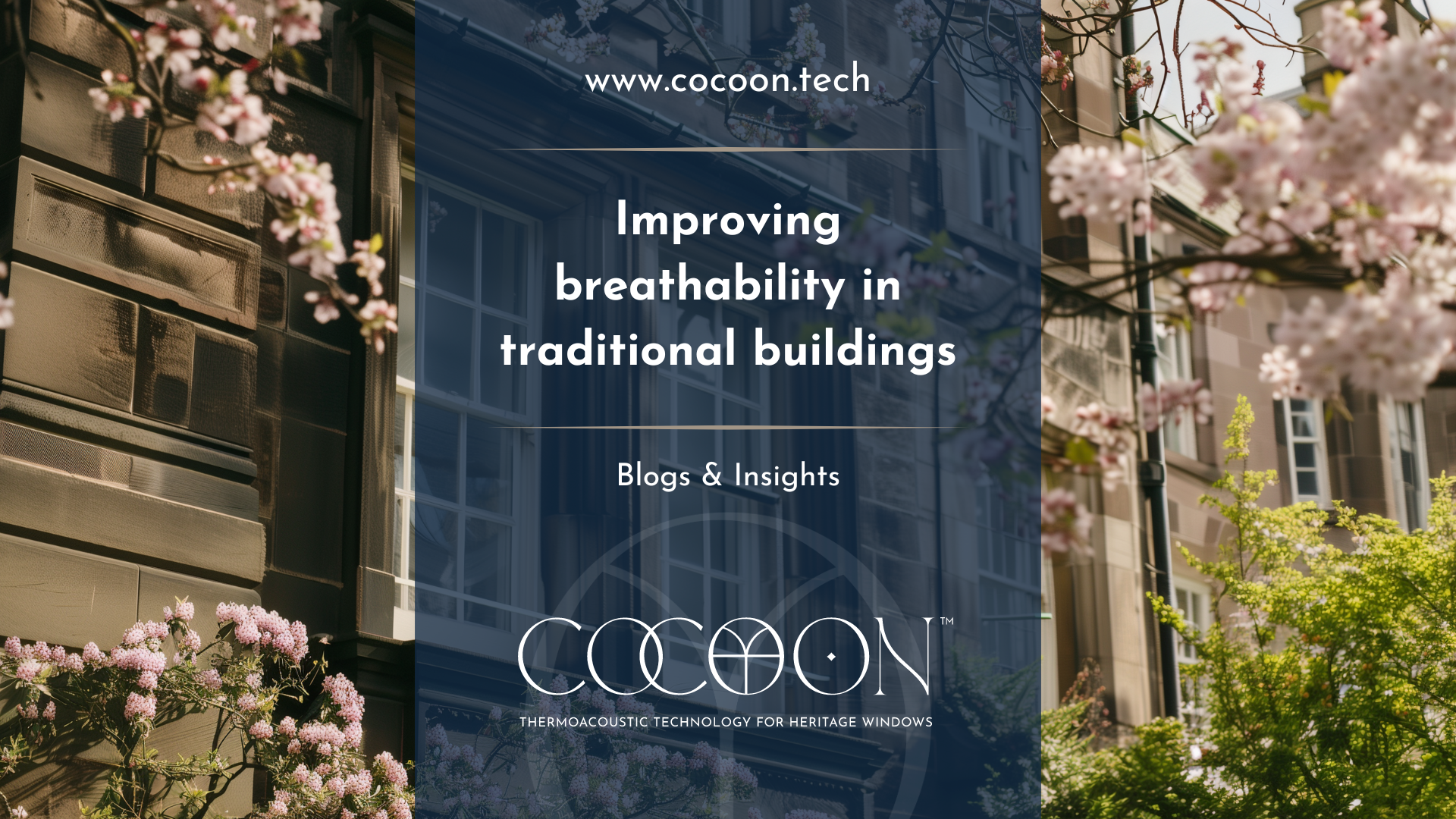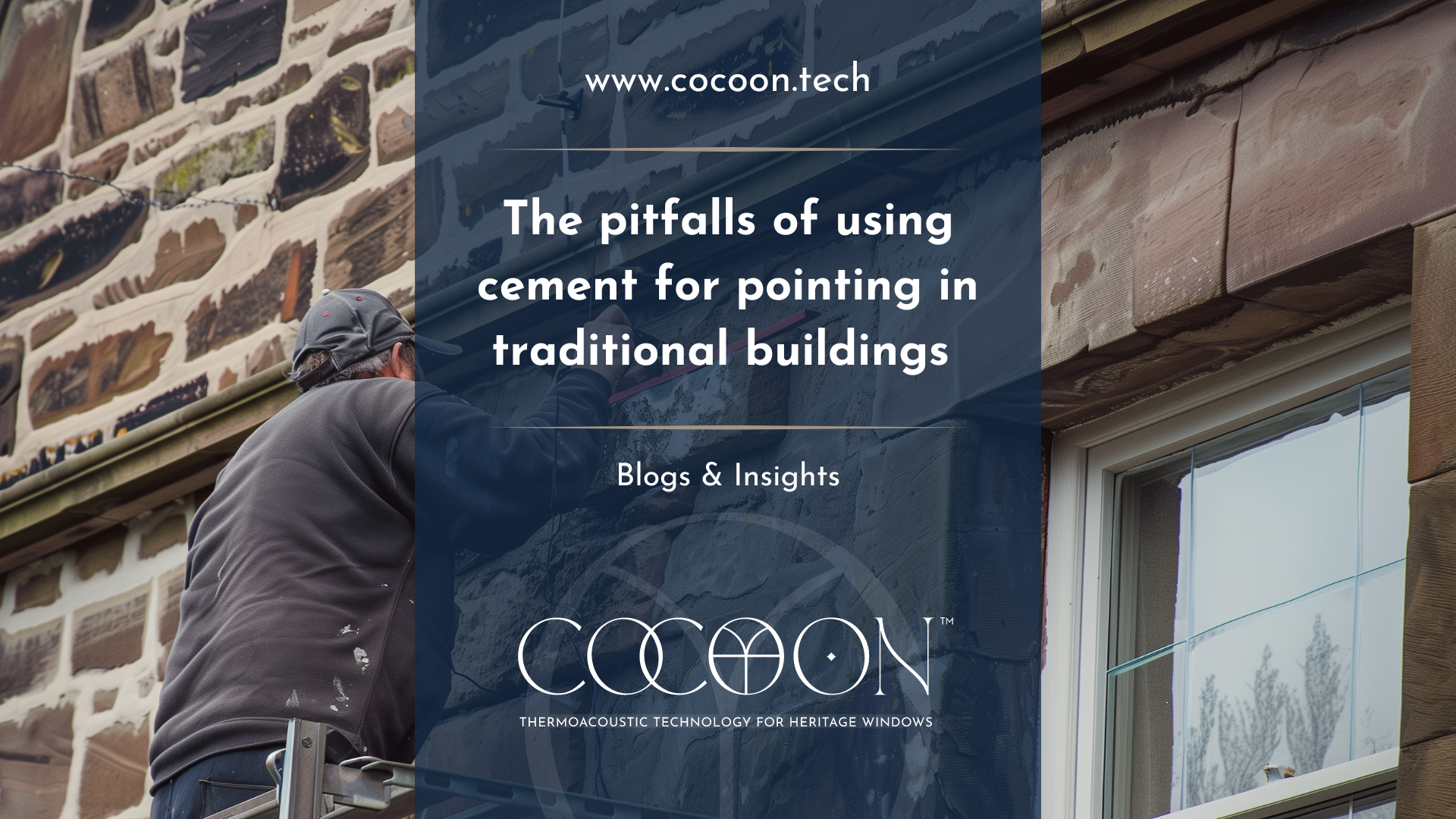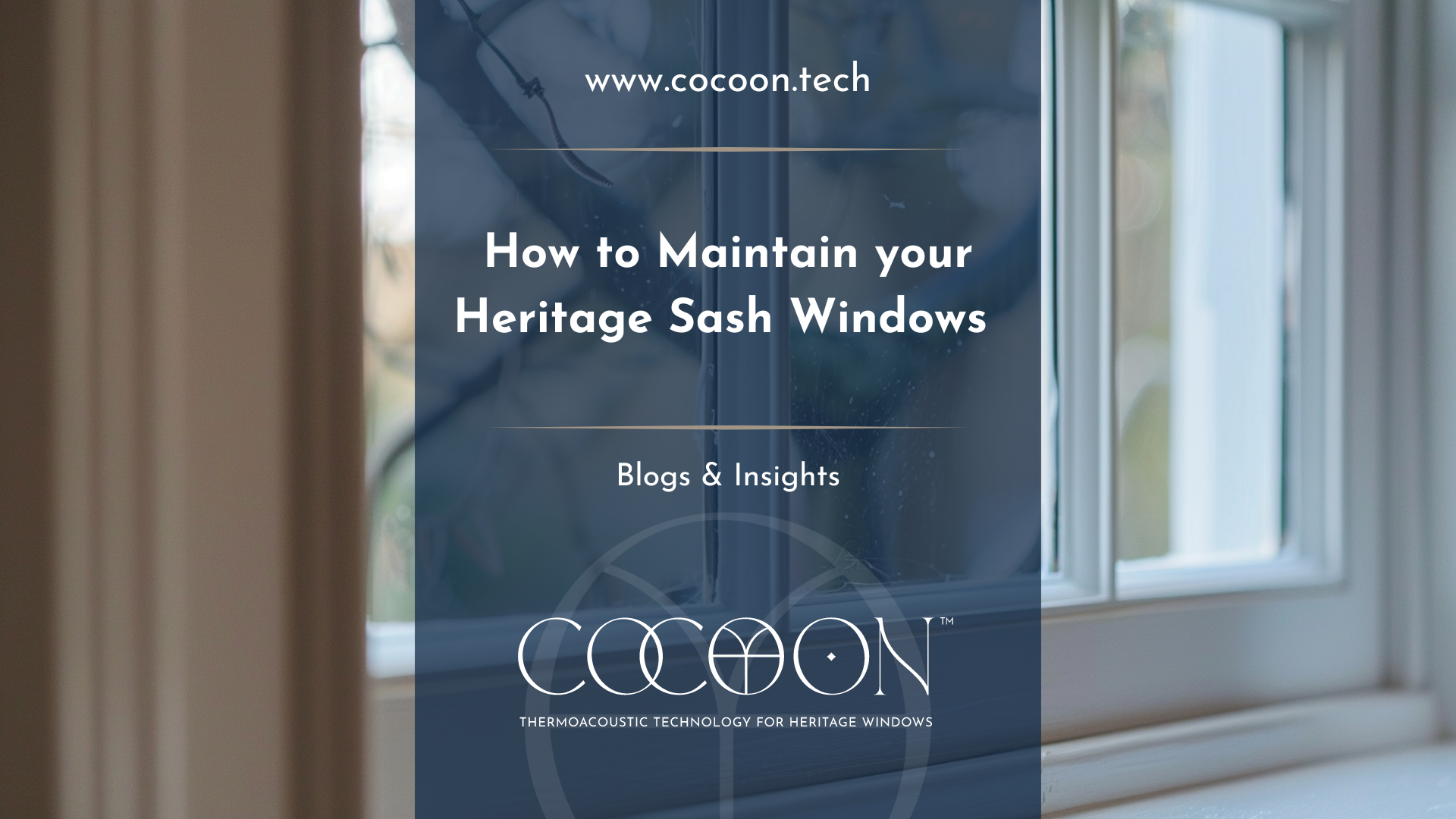Increasing the Value of your Listed Building | Glaze & Save
Although it’s true that listed properties often fetch more on the market than their new build counterparts, there are still works you can undertake to increase the value of your listed building without falling foul of your local planning department or conservation office. We have put together seven simple ways to increase the value of your listed building, adding thousands onto it’s worth whether you intend on selling or just want the satisfaction of knowing you’re making your listed property work for you.
1. Fix Structural Problems
Before commencing with any other works, the most basic way to increase the value of your listed building is to address and remedy any structural problems. This should be first on your list before even considering any cosmetic or aesthetic changes. There are a variety of different structural issues that could have a negative effect on the value of your property, all of which should be addressed before commencing further building work, as solid building work (and the value of it) is dependent on having a stable foundation. According to Homebuilding.co.uk examples of structural defects include:
· a sagging or leaking roof ;
· rising damp ;
· structural cracks to walls;
· bowing walls;
· rotten joists or roof timbers;
· insect infestation;
· missing or broken roof tiles;
· an unstable chimney stack ;
· a collapsed floor/slab.
Almost all structural defects (and certainly the ones listed above) can be repaired, but it is likely to come in as the most expensive, time consuming and likely stressful renovations required for your home: especially where you have planning and conservation considerations.
As noted in Homebuilding.co.uk “as repairing any of these problems can be very disruptive, it is essential to identify them and get the work completed in the early phases of a project, ideally before you move in.”
2. Add Energy Efficient Innovations throughout the Property
Research released by the UK Government in 2014 showed that making energy saving improvements to your property could increase its value by 14 per cent on average and in some cases could increase your property value by up to a whopping 38%. Making upgrades to cavity wall insulation, installing solar panels, and investing in energy efficient glazing solutions Insulating cavity walls, upgrading double glazing, are all improvements that were said to improve a property’s energy efficiency rating, adding more than £16,000 on average to the sale price of a property. It really does pay to go green!
3. Declutter and Clean!
We all like our own personal nik naks, and a highly decorated, traditional finish can look great in some listed properties, but for the majority of homes a more minimal approach is the way forward. In an article in the Express , most estate agents said a minimalist approach to decor leads to homes selling for more – and 38 per cent insist it increases the price every time. Property expert Kate Faulkner said: “Freeing up space and de-personalising a home helps create a blank canvas and buyers can better imagine themselves living there. A cluttered property will look smaller and so buyers are less likely to offer the full price.” Another reason for a bit of spring cleaning!
4. Invest in adequate draught proofing
There’s little worse than a draughty home, and listed buildings have something of a bad rep for being particularly breezy. While a certain amount of air movement in your listed building is desirable (and even necessary), uncontrolled draughts can really impact on the value of your home. It also doesn’t need to be expensive or require any planning permission. Try simple decorator’s caulk on cracks and small gaps in walls and skirting boards, and invest in a non-invasive draught proofing solution like InvisiSeal™ to tackle windows and exit doors without routering out any original wood and causing potential future damage. As Never Paint Again states , “If selling your house, it’s not just about how big or small the place is, or what it looks like, it’s what it FEELS like.”
5. Add Central Heating
Following on from the above, increasing the value of your listed building is not just about how it looks, but how it feels. One of the best ways you can make your home feel warmer, and therefore more inviting is to invest in your central heating system. Adding or updating central heating will cost several thousand pounds, but the return on increased value always outweighs this. In fact, it’s considered essential for most buyers and mortgage valuers.
According to Homebuilder.co.uk you should also consider your existing boiler in your central heating upgrade. “If the existing boiler is in reasonable working order and has adequate output for the heat requirement of the building, always try to make use of it with the exception of boilers that draw their air intake from inside the house. If the boiler has sufficient capacity, you could add new radiators and a heated towel rail, or underfloor heating to the existing system.”
6. Increase Your Kerb Appeal
Did you know that nearly a third of Brits are prepared to pay up to 25% more for a house, up to a whopping £55,000 based on the average house British house price as of June 2017, for a fresh lick of paint and a well-kept garden? According to House Beautiful savvy homeowners can drastically increase the value of their home all thanks to the kerb appeal phenomenon.
According to House Beautiful , the top 5 exterior must haves are:
· A well-kept garden
· Well-kept clean windows and frames
· Fresh paintwork in neutral colours
· Front porch
· Stylish lighting
7. Retain your original windows
While double glazing may have a positive effect on unlisted properties at the lower end of the market, in higher value properties and listed properties in particular, aesthetics become more important and play an integral part in raising the value of your listed home. According to Homebuilding.co.uk “a premium can be placed on a property that still has its original period windows, providing they are intact and functioning well.” Instead of running the risk of the planning department by replacing the existing windows, consider using a bespoke and discrete secondary glazing system like InvisiTherm™ , which turns your single glazed windows into double glazing without compromising your existing windows, allowing you to enjoy the aesthetics and heritage of your original windows while experiencing the thermal comfort and energy efficiency benefits of double glazing. Check out our blog on 5 Top Tips for Installing Secondary Glazing in Listed Buildings for more information.
At Glaze & Save we’re happy to give you the advice you need to install the best magnetic secondary glazing and draught proofing in your home or business. Visit our website at www.glazeandsave.co.uk or give us a call on 01738 562068 to arrange a free survey.




